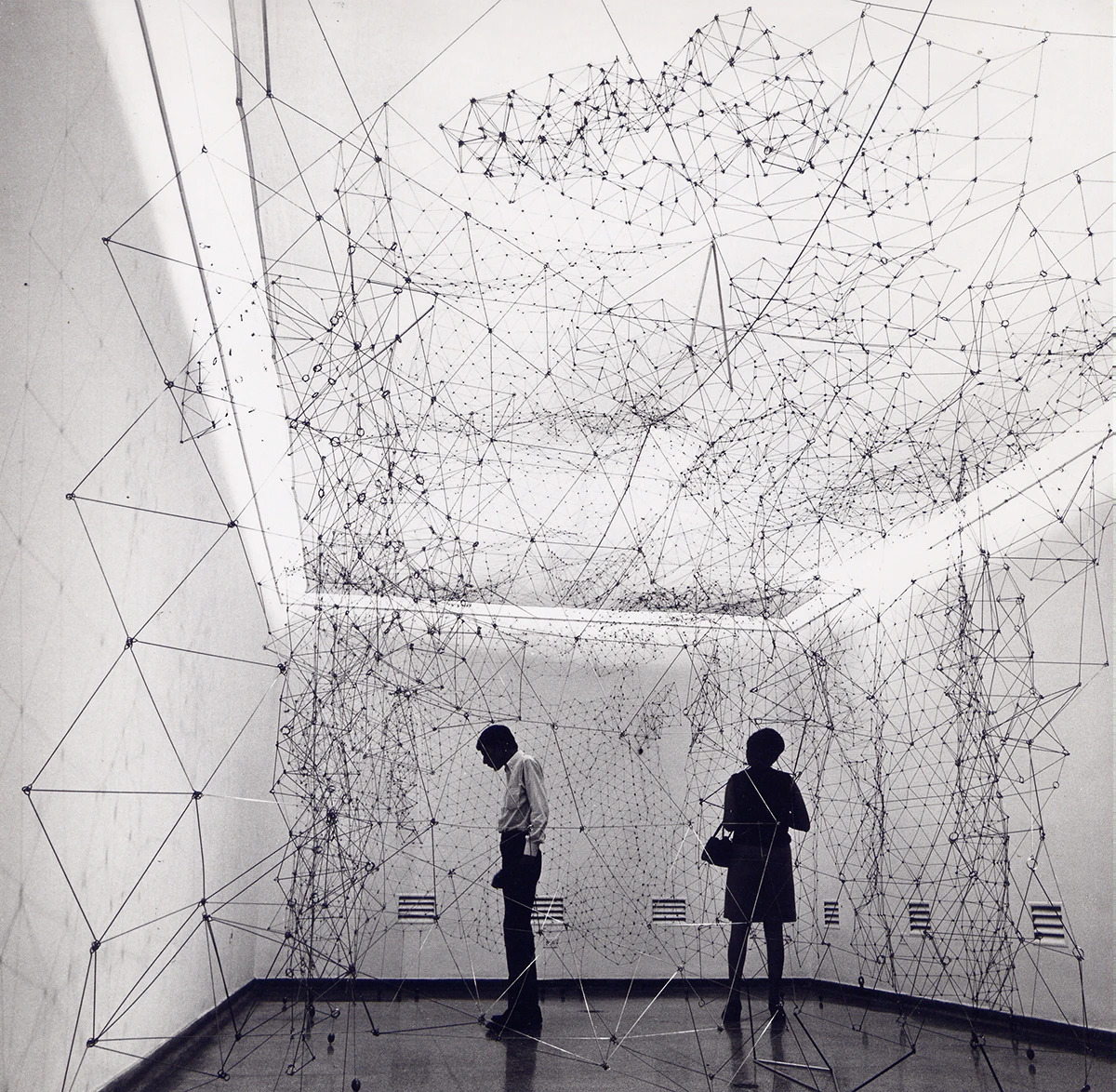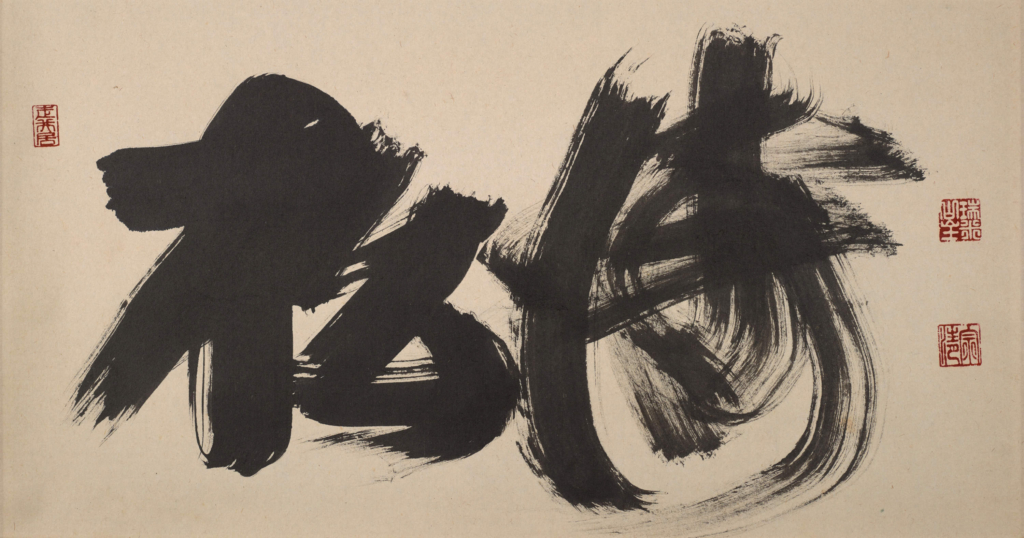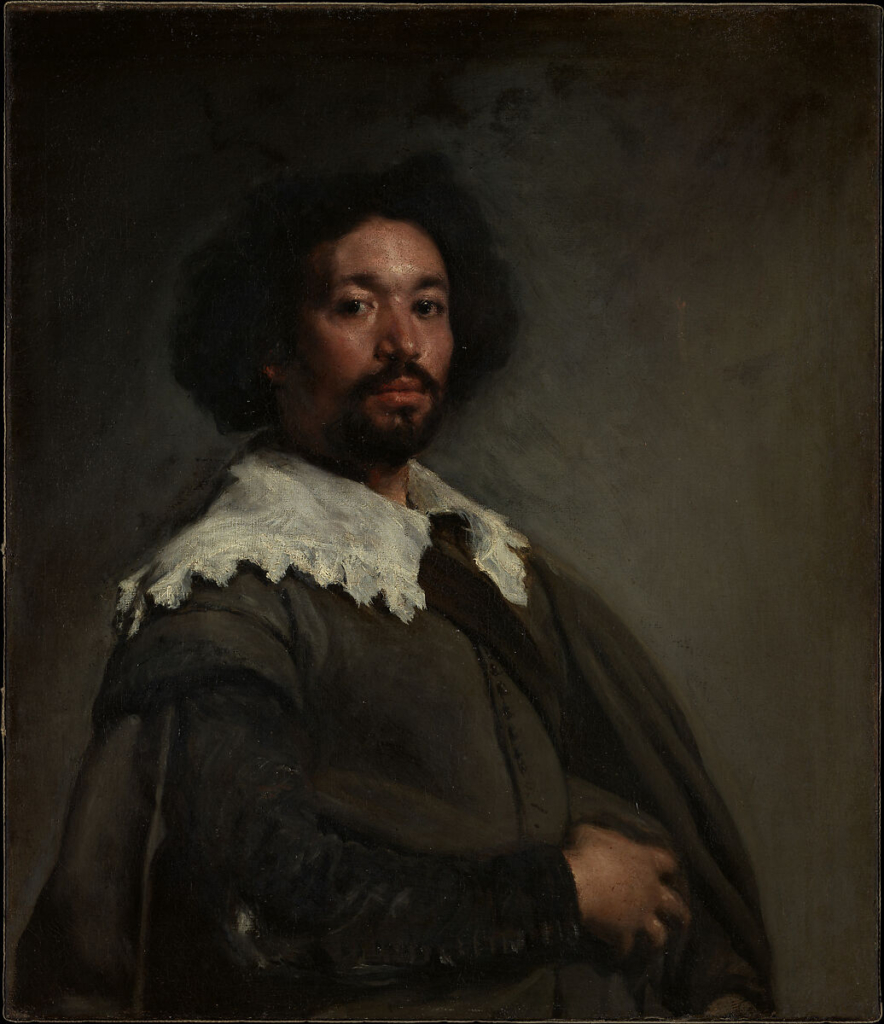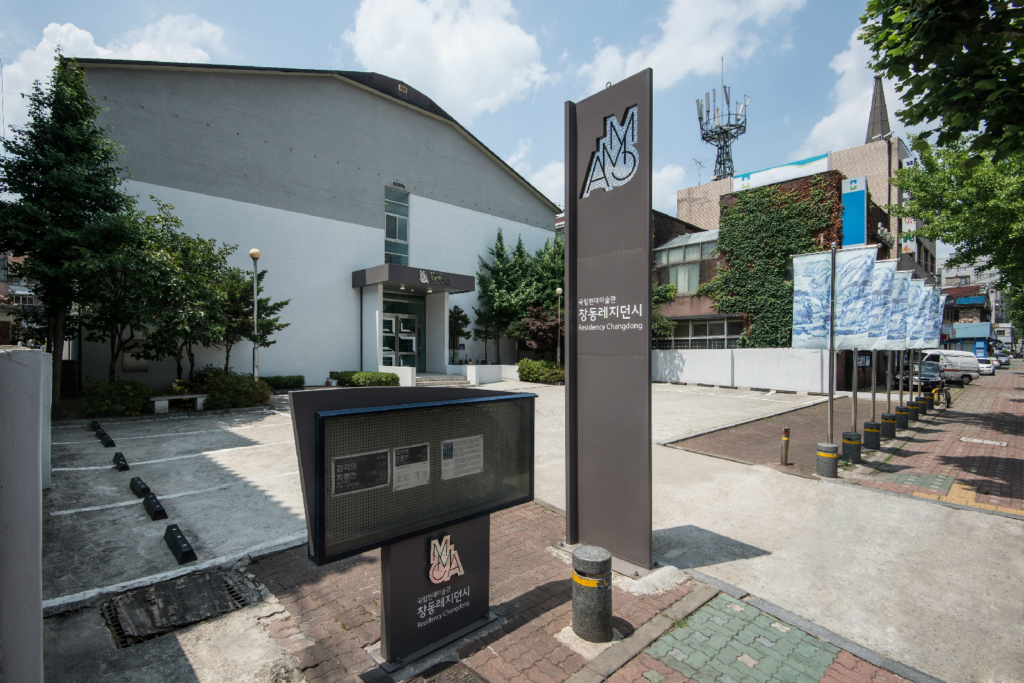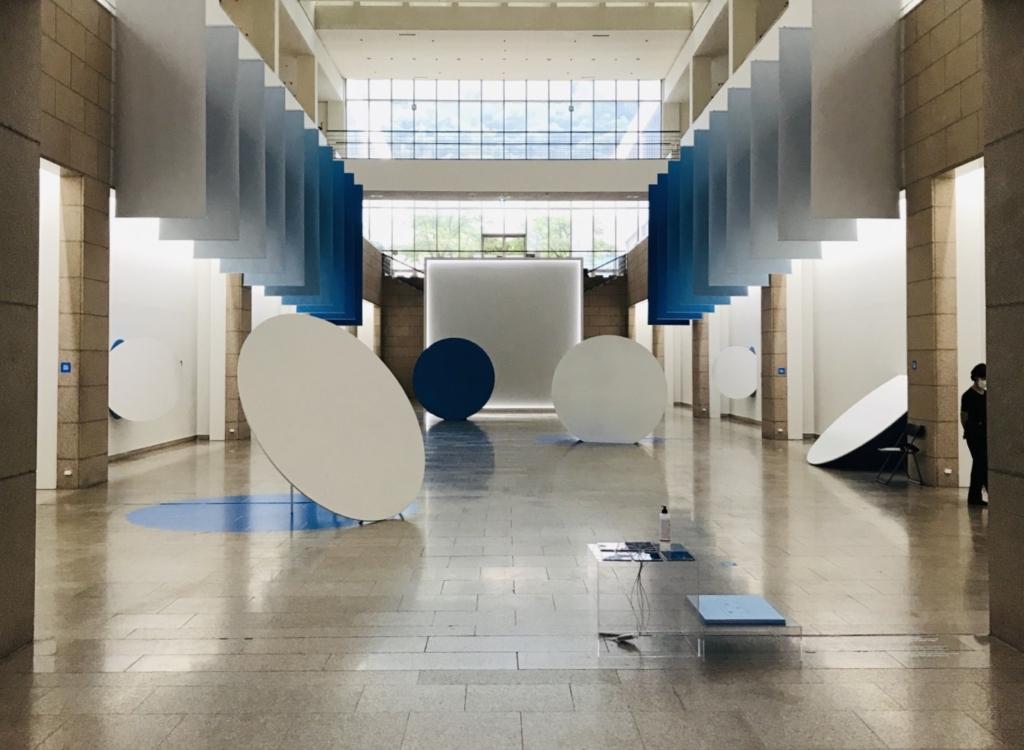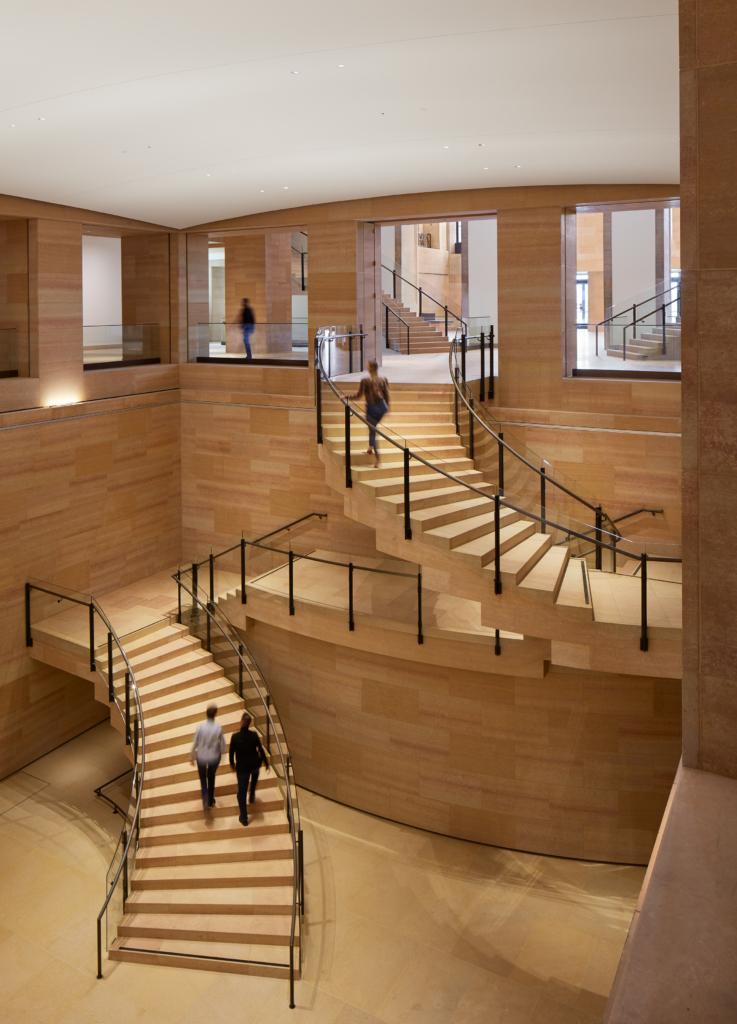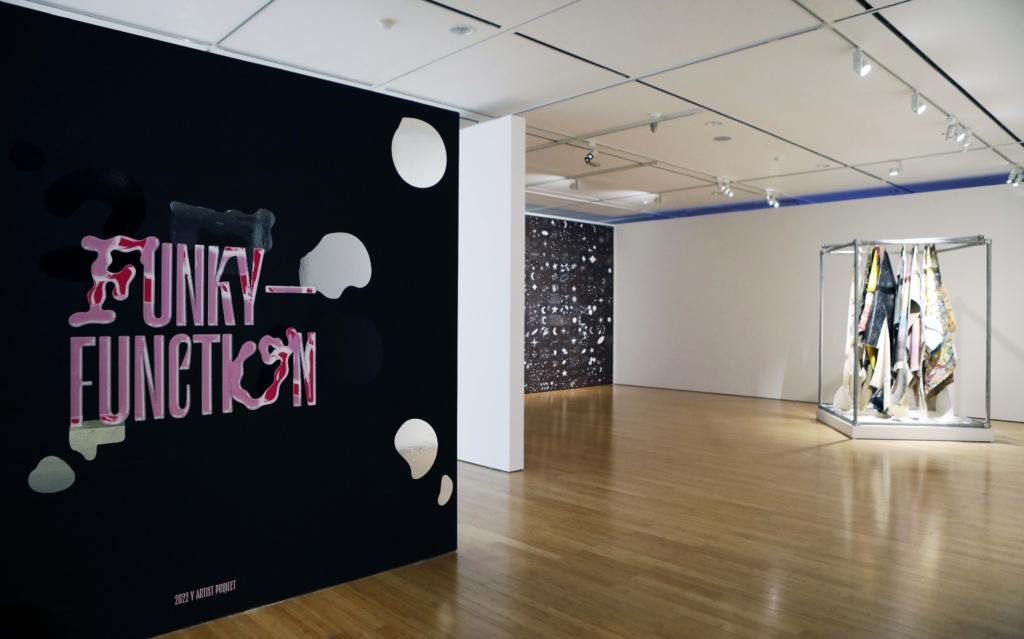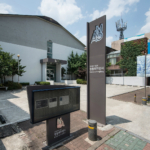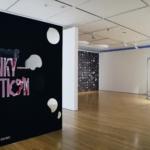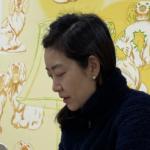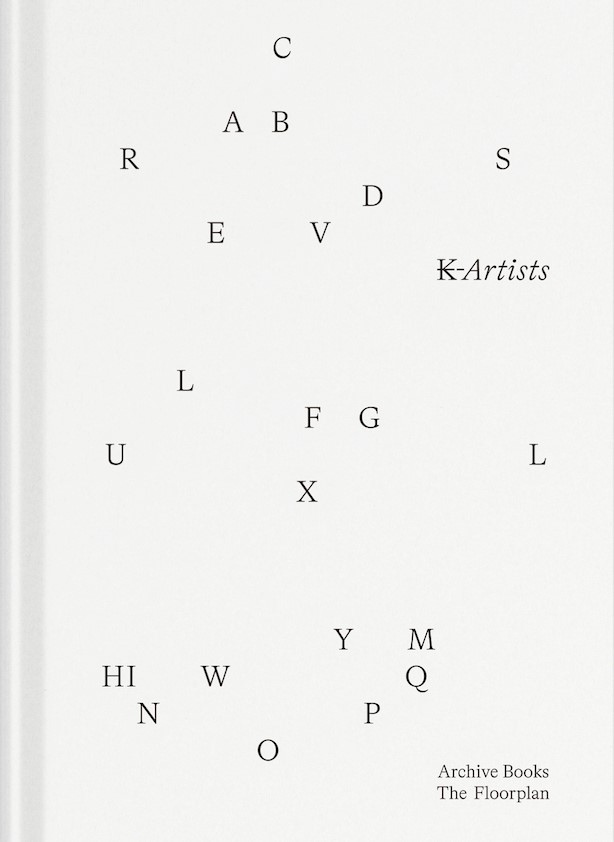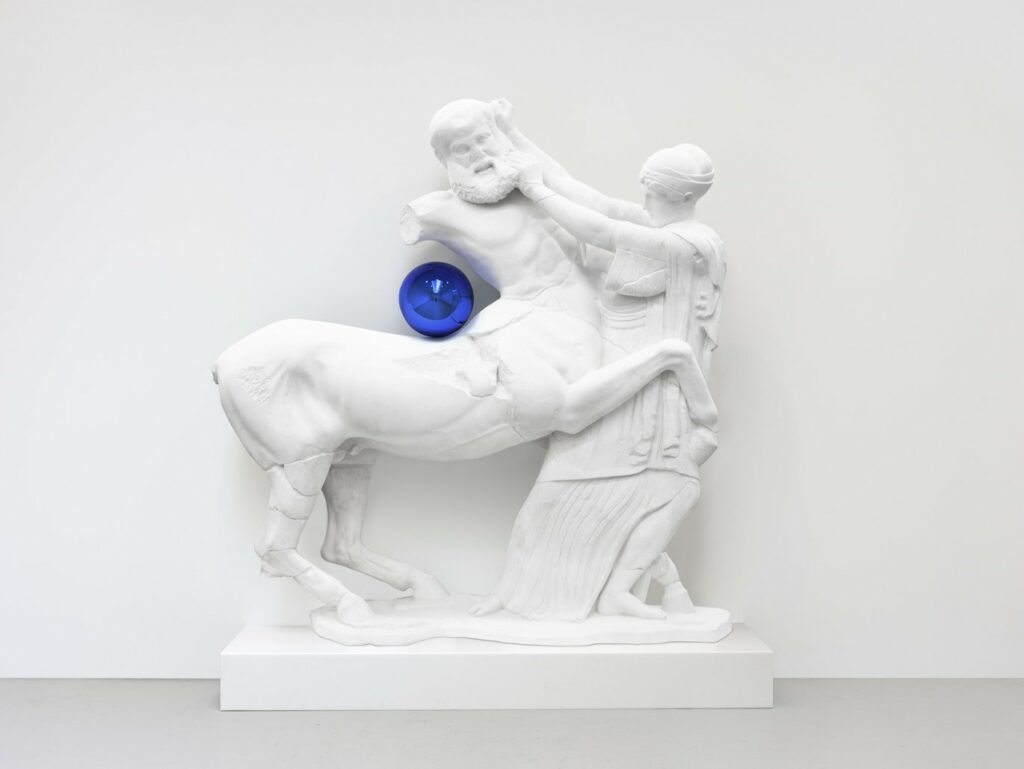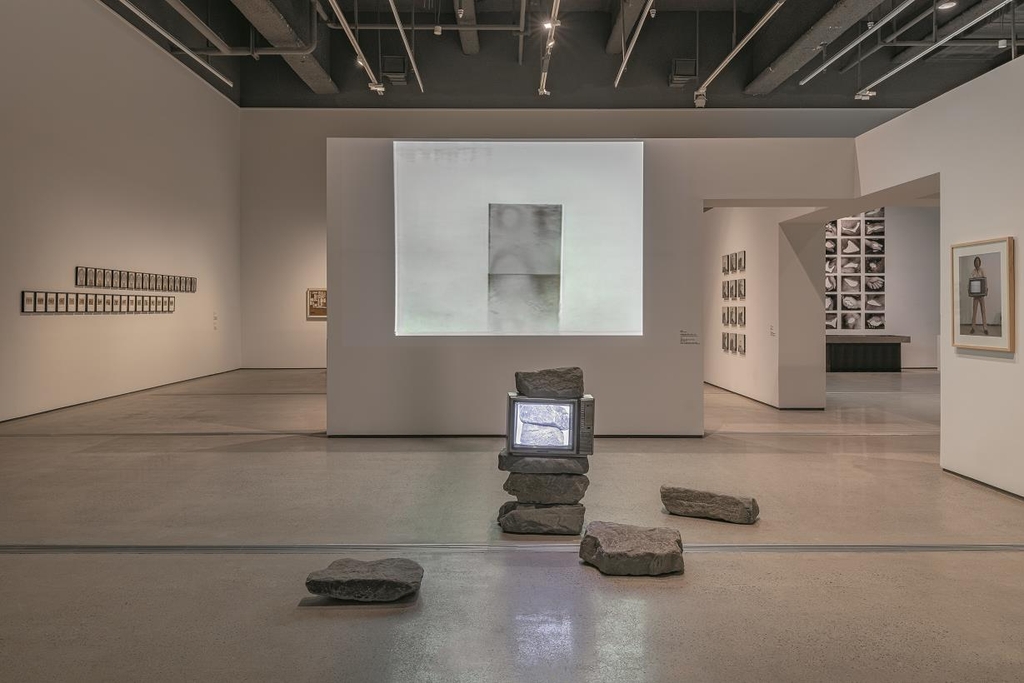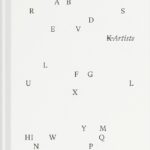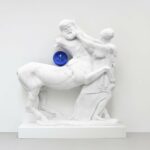New York, The Guggenheim Museums and Foundation: “Gego: Measuring Infinity”.. and More
USA_New York
The Guggenheim Museums and Foundation: “Gego: Measuring Infinity”
The Guggenheim Museum presents “Gego: Measuring Infinity,” a retrospective of Gego (Gertrud Goldschmidt, 1912-1994), through September 10. She worked as an architect before fleeing Nazi persecution to Venezuela in 1939, where she settled permanently and fully embarked on an artistic career in the 1950s.
In the second half of the 20th century, geometric abstraction and kinetic art (moving sculptures) were at the center of contemporary art in Latin America. Gego also created works that explored the relationship between line, space, and volume, using iron, steel, paper, and string. But through experiments on structures and materials, she expanded the concepts of geometrical sculptures, dealing with transparency, tension, fragility, spatial relations, and the optical effects of motion within her works. She soon became the leading artist in Latin American art.
In the exhibition, more than 200 works are featured chronologically across five ramps of the museum’s rotunda. Sculptures, drawings, prints, textiles, and publications from the 1950s through the 1990s showcase the geometric and organic structures that Gego imagined.
USA_Denver
Denver Art Museum: “Her Brush: Japanese Women Artists from the Fong-Johnstone Collection”
The Denver Art Museum presents “Her Brush: Japanese Women Artists from the Fong-Johnstone Collection” through May 13. Founded in 1893, the museum has a vast international collection of 70,000 works from various periods and regions, with a focus on artifacts from the Americas.
“Her Brush” showcases works by Japanese women artists created between the 1600s and 1900s from the institution’s collection. While there are works by well-known artists such as Kiyohara Yukinobu (1643-1682), Ōtagaki Rengetsu (1791-1875), and Okuhara Seiko (1837-1913), the majority of the works are on public display for the first time. The 100 works, spanning painting, calligraphy, and ceramics, demonstrate the efforts of these artists to transcend social constraints and pursue self-expression through art amidst oppressive norms of gender roles.
The artists include Kiyohara Yukinobu, Otagaki Rengetsu, Okuhara Seiko, Ōishi Junkyō (1888-1968), Yamamoto Shōtō (1757-1831), and Katō Seikō (fl. 1800s).
USA_New York
The Metropolitan Museum of Art: “Juan de Pareja, Afro-Hispanic Painter”
Juan de Pareja (1608-1670) is the model of Velázquez’s (Diego Rodríguez de Silva y Velázquez, 1599-1660) portrait. But he was also a painter himself. The Metropolitan Museum of Art presents “Juan de Pareja, Afro-Hispanic Painter” through July 16.
He was an Afro-Hispanic born in 17th-century Antequera, Spain. He was a slave in Velázquez’s studio for more than 20 years. In 1650, the year Velázquez painted his portrait, Pareja was freed and became an artist in his own right. Pareja went on to create works in the canonical Baroque style of his time. The Met brings together Pareja’s paintings for the first time.
Through related paintings and documents, the exhibition draws attention to the fact that “Golden Age” Spain was a multiracial society with Blacks and Moriscos. Paintings by Francisco de Zurbarán (1598-1664), Bartolomé Esteban Murillo (1617-1682), and Velázquez depict the presence of Black and Morisco people. The stories of enslaved artisans like Pareja form the centerpiece of the exhibition. At the time, many artisanal skills in Spain, including sculpture, painting, and silversmithing, depended on the labor of slaves.
Aproject Company. Co., Ltd | Founder & CEO : Jay Jongho Kim
216 Dosan-Daero, B2F, Gangnam-gu, 06047 Seoul, Korea
Business Number : 894-88-01945
Contact : aproject.company@gmail.com
Mail-order-sales registration number : 제 2021-서울강남-04243 호










